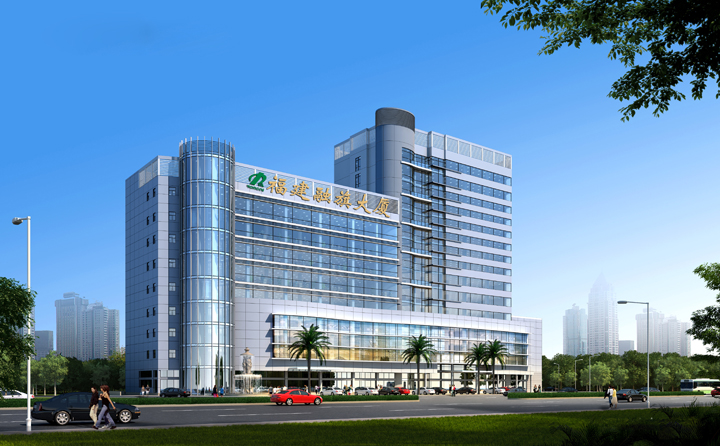
福建融旗集团位于海西经济区内的侨乡福建省福清市,由施忠旗先生于1994年9月创建。融旗集团旗下拥有33家企业,企业总注册资金逾20亿元,是集房地产开发、建筑施工、环境科技、投资融资、工业园区、物业管理等多元化产业的企业集团。
集团旗下企业资质具有市政公用工程施工总承包、建筑工程施工总承包壹级资质;地基基础工程、消防设施工程、建筑机电安装工程、建筑装修装饰工程专业承包贰级资质;水利水电工程施工总承包叁级资质;环保专业工程专业承包叁级资质;建筑行业(建筑工程)甲级设计资质、市政行业乙级设计资质。
融旗集团秉承“建设宜居城市,缔造百年融旗”的发展理念,积极参与到中国城乡与区域建设发展的进程中,在全国十几个省市投资、建设逾千项,所承建的工程项目获得“福建省市政工程金杯奖”、“榕城杯”、“九峰杯”等,得到各有关部门的高度赞誉,为各地奉献了众多精品工程。企业连续多年荣膺 “全国优秀施工企业”、 “全国建筑业AAA级信用企业”、“中施协AAA级信用企业”、“福建省百强企业”、“福建省建筑业龙头企业”、“福建省建筑业‘百千’增产增效行动重点企业”、“福州市总部经济企业”等逾百项荣誉称号。融旗集团始终坚持以科技创新为企业发展引擎,集团技术中心被福建省工信厅等多部门认定为省级企业技术中心,与厦门大学、福州大学、福建工程学院等高校紧密合作,共同推动“新工艺、新技术、新设备、新材料”领域产、学、研、用发展。目前融旗集团拥有自主研发的39项发明专利、实用新型专利及省级工法,具备了承建“高、大、难、新”项目方面的竞争优势。